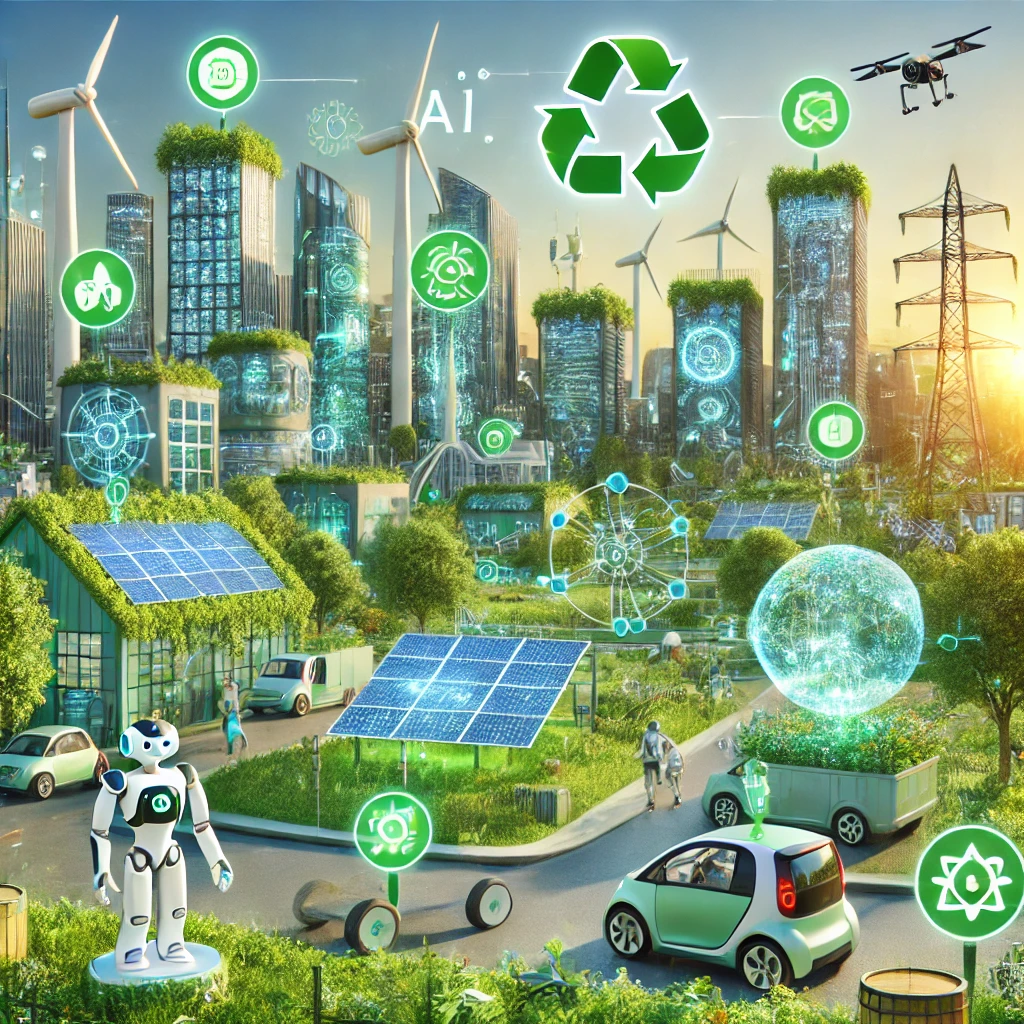How Automation Has an Impact on Industries Going Green
As the world moves toward sustainability, automation plays a key role to help industries cut carbon emissions and adopt eco-friendly practices. From saving energy to reducing waste automated systems make it easier for businesses to run more while lessening their impact on the environment. Let’s explore how automation shapes a greener future.
1. Automation Saves Energy
One of the main perks of automation is its power to optimize energy use. Smart machines can adjust their power use based on real-time demand making sure no extra energy goes to waste. For instance, in manufacturing automated systems can control energy usage cutting unnecessary power use and lowering energy costs.
Key Takeaway: Automation has an impact on businesses to use energy , which cuts costs and reduces their overall carbon footprint.
2. Reducing Waste with Precision Robotics
Robots carry out tasks with high accuracy, which minimizes errors and reduces material waste. In factories automated machines make the best use of raw materials, which leads to more productive manufacturing and less discarded waste. This saves resources and reduces pollution in the environment.
Key Takeaway: Precision robotics boost manufacturing productivity, which results in less waste and a cleaner environment.
3. Cutting Emissions with Smarter Logistics
Automation improves transportation and logistics by finding the best delivery routes and cutting down on unnecessary trips. Automated warehouses and smart tracking systems ensure more efficient handling of goods, which uses less fuel and reduces harmful emissions.
Key Takeaway: Automation in logistics has an impact on fuel use and greenhouse gas emissions leading to reductions in both.
4. Green Manufacturing with Automated Systems
Automation helps manufacturers to lower energy use and emissions. Automated processes enable cleaner production methods, like better recycling of materials and cuts in energy-heavy operations.
Key Takeaway: Automated manufacturing supports greener production and reduces environmental effects.
5. Smart Grids to Use Renewable Energy
Automation is key to manage smart grids—networks that distribute energy . These grids add wind and solar power sources cutting reliance on fossil fuels and promoting cleaner energy use.
Key Takeaway: Smart grids with automation help balance energy supply while backing the move to renewable sources.
6. Sustainable Farming with Automation
On farms, automation helps farmers use water, fertilizers, and other resources better. Automated watering systems, for example, make sure water goes where and when plants need it cutting waste and harm to the environment.
Key Takeaway: Automated farming methods boost resource use, cut waste, and shrink the impact on nature.
7. Tracking and Reducing Environmental Impact
Automation doesn’t just cut emissions—it also lets businesses watch and study their effect on the environment. Smart tracking systems allow companies to measure how much energy and resources they use helping them find ways to improve even more.
Key Takeaway: Automated monitoring helps companies improve their sustainability practices.
8. Boosting Recycling and Reuse
Automation is causing a revolution in recycling by making the sorting and processing of materials better. Advanced sorting systems help divide recyclable materials more making it simpler to reuse waste and save resources.
Key Takeaway: Automated recycling systems boost material recovery backing a circular economy and sustainable methods
